Introduction
Semiconductor tools must talk to each other. This communication must be fast and reliable. That’s why RS-232 is still in use. It may be old, but it solves modern problems with simple solutions.
Why RS-232 Still Matters
RS-232 is easy to use. It connects two devices using only a few wires. Because of its simplicity, it’s still common in many tools.
Also, it works well in noisy environments. That’s important in fabs filled with power cables and machines. In addition, it doesn’t need complex software to operate. Engineers can set it up quickly and move on.
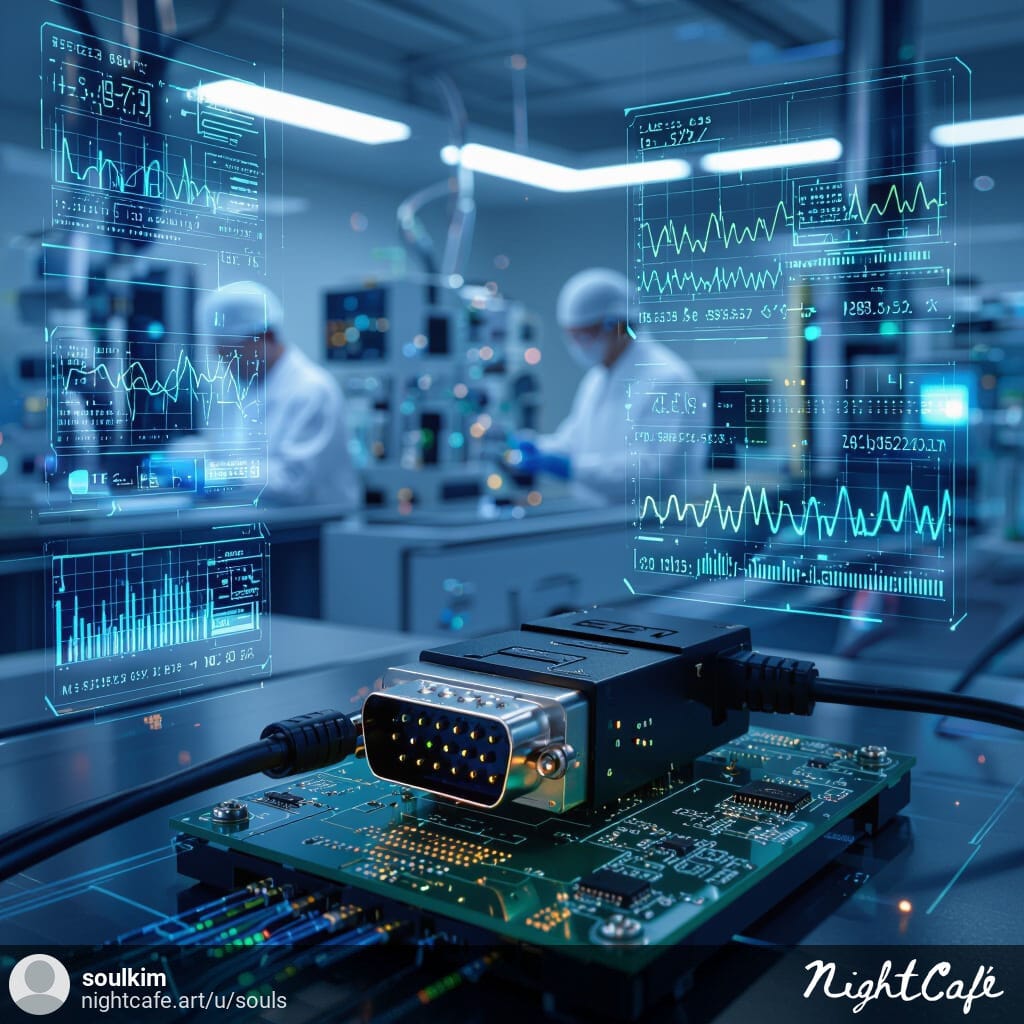
Key Features(rs-232)
- Few wires: This reduces complexity and cost.
- Good signal stability: It works even in harsh electrical conditions.
- Device compatibility: It connects old and new devices without extra parts.
So, RS-232 saves time during installation and keeps maintenance easy.
Where RS-232 Is Used in Semiconductor Equipment
Equipment Control Panels(rs-232)
These panels include buttons, alarms, and small screens. RS-232 connects them to the main controller. As a result, machines respond quickly to user commands.
Diagnostic Tools
Engineers use it to connect test tools. These tools send and receive data with a simple cable. In many cases, this setup helps fix problems faster.
Sensor Modules
Sensors measure gas, temperature, or pressure. RS-232 sends this data to the control system. Because of this, the tool stays safe and runs smoothly.
Process Automation
Many support systems use it. For example, chillers and vacuum pumps rely on it for control. It keeps things running without delays.
Legacy Device Support
Older tools often run well but only support it. Instead of replacing them, engineers keep using the same link. It’s cost-effective and reliable.
RF Generators
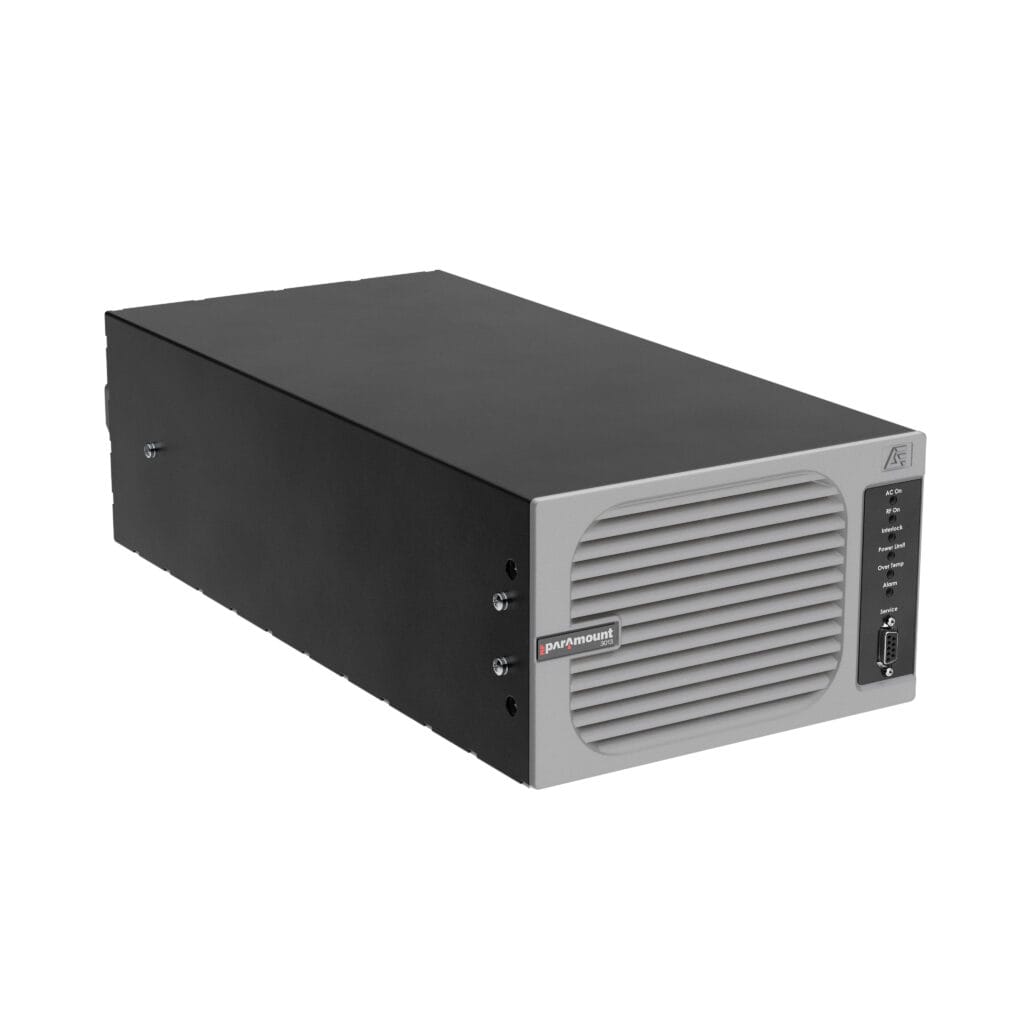
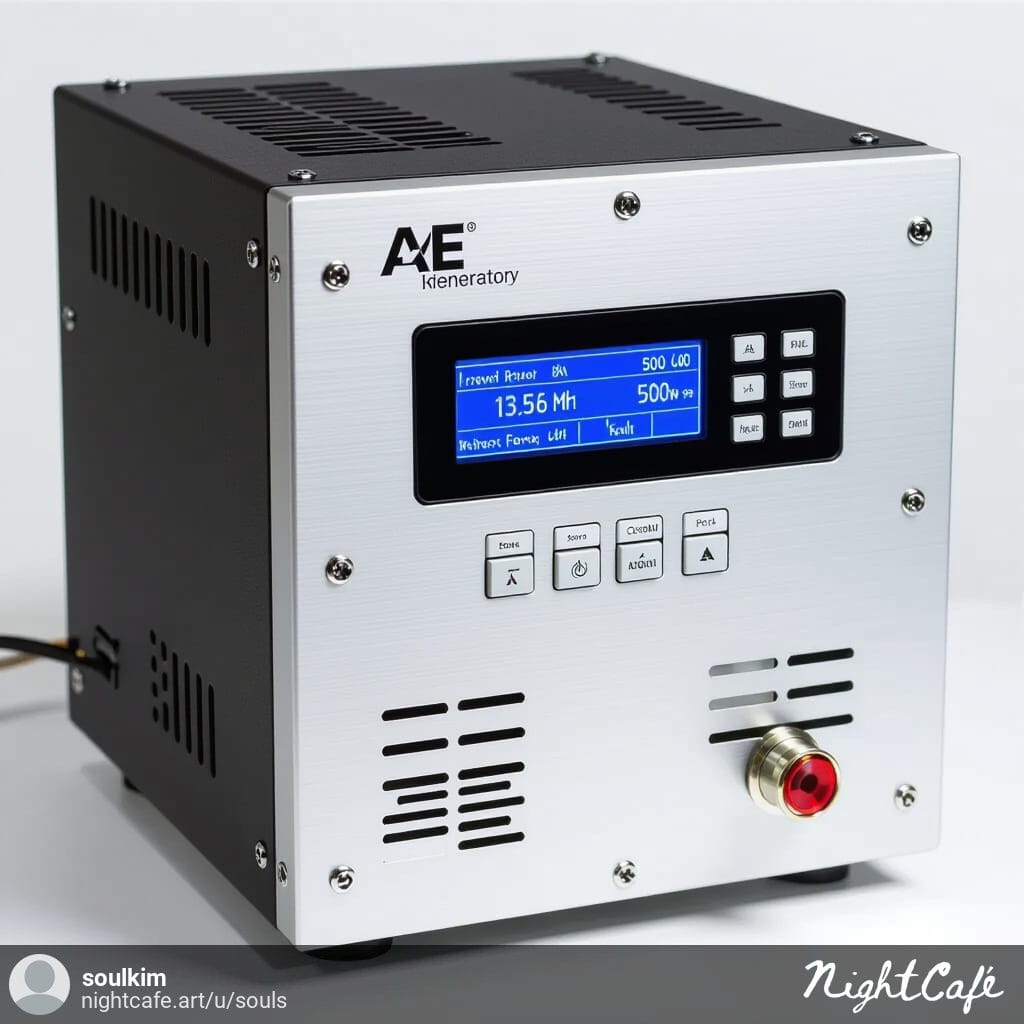
RF generators create plasma for etching or coating. it helps control the output power and frequency. It also sends back fault alarms and performance data. Therefore, engineers can keep the plasma stable.
Remote Plasma Source (RPS)
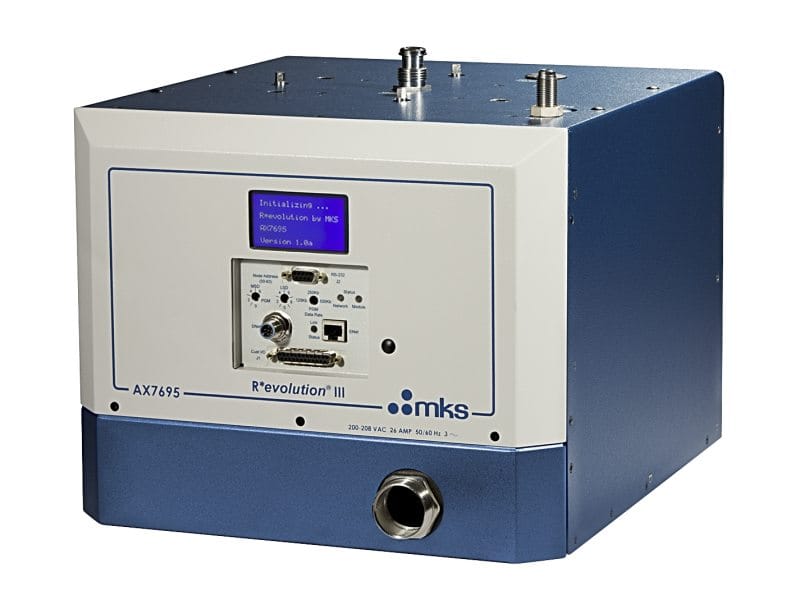
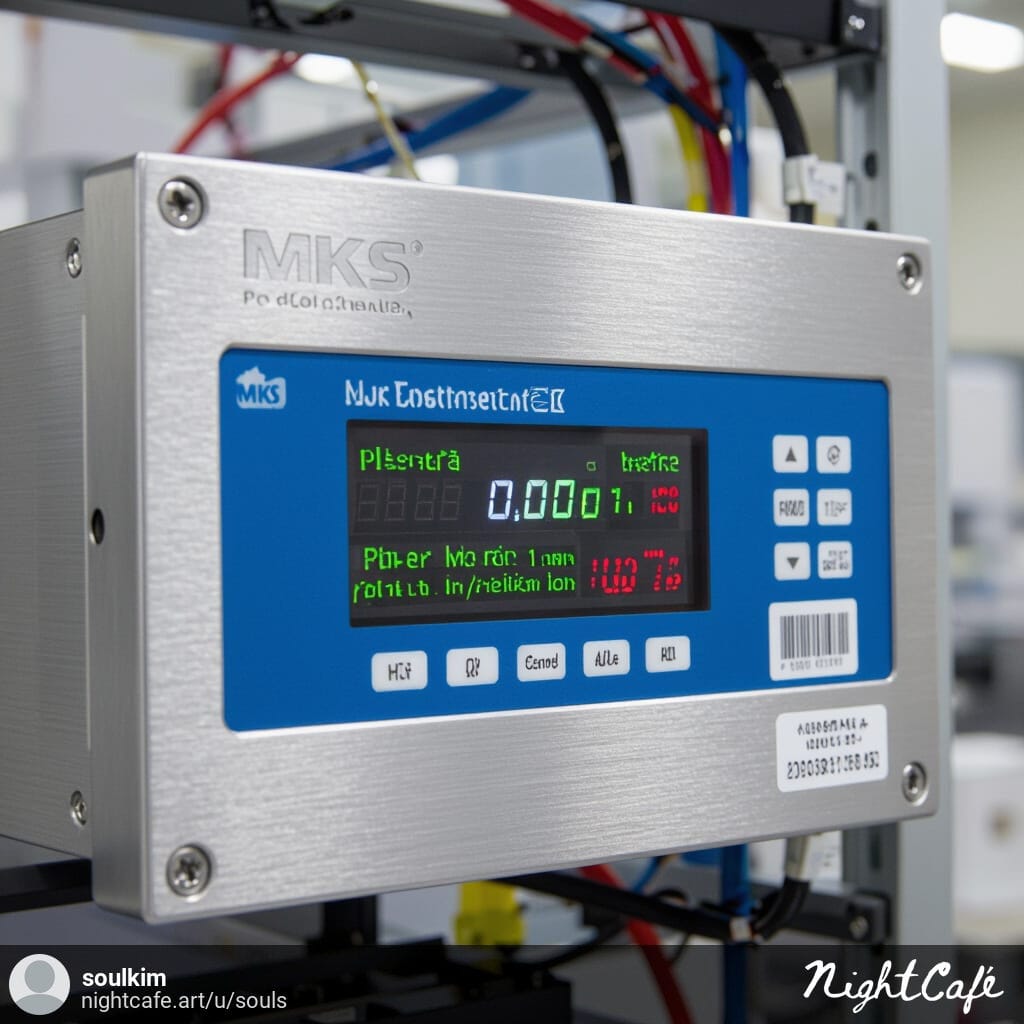
RPS units make plasma outside the process chamber. This protects the wafer surface from direct damage.
this controls gas flow, timing, and plasma energy. In addition, it gives live status updates. So, the process remains consistent and clean.
Adapting to Modern Needs
Today’s systems often use USB or Ethernet. However, RS-232 still plays a role. You can use adapters to connect it with newer machines.
Also, it’s great for debugging. A simple terminal app lets you talk to the device. Because of this, many engineers trust RS-232 during setup and repair.
Conclusion
this communication is not just a legacy protocol. It still powers key parts of semiconductor tools. From sensors to plasma systems, it offers solid performance with little effort.
Sometimes, the best choice is the one that just works.

Leave a Reply